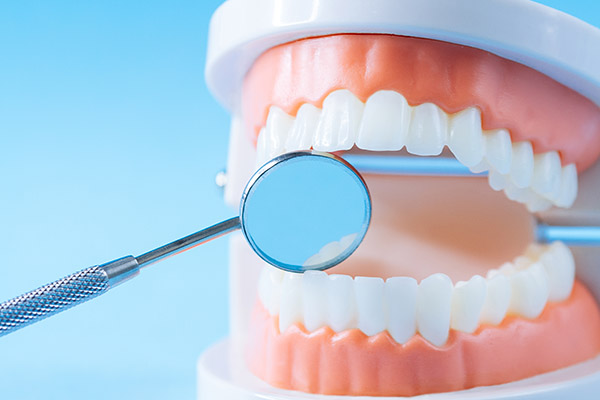 Your periodontist will recommend periodontal maintenance during your routine dental checks. Bacteria tend to stay either below or above the gumline. These colonies cause gum irritation and inflammation. Preventing this type of infection is the main goal of dental cleanings. If you want to know more about gum maintenance, here are some details from a periodontist.
Your periodontist will recommend periodontal maintenance during your routine dental checks. Bacteria tend to stay either below or above the gumline. These colonies cause gum irritation and inflammation. Preventing this type of infection is the main goal of dental cleanings. If you want to know more about gum maintenance, here are some details from a periodontist.
Why a person must have a regular periodontal maintenance
Keeping teeth and gums healthy is the main goal of gum maintenance. It is a form of preventive treatment to stop gum disease from worsening. A periodontist would recommend it during every routine dental checkup. This procedure provides patients with many benefits, including:
Aesthetics and fresh breath
Stained teeth are not good to look at. A person with yellow teeth often finds it difficult to socialize and establish a good self-image. Routine dental visits include professional dental cleaning. Gum maintenance can bring back the healthy appearance of teeth.
The periodontal disease becomes evident with constant bad breath. This condition indicates decomposing food below the patient’s gumline. There may also be gum problems or potential gangrene. Consistent teeth cleaning can freshen breath. It removes bacteria, plaque, and tartar to remove bad odor.
Removal of dental calculus
Plaque buildup results in the formation of tartar or dental calculus. This can happen below or above the gumline. Brushing and flossing cannot remove the bacteria and food particles from gum pockets. A periodontist will use a specific dental tool to treat plaque and tartar buildup.
Supragingival and subgingival cleaning
A periodontist performs these two kinds of cleaning during gum maintenance. Supragingival cleaning involves cleaning above the gumline. The dentist will use scaling tools to remove calculus and plaque. Subgingival cleaning is an important step in battling periodontal disease.
Root planing and scaling
This combination is an effective way to treat periodontitis. A periodontist will clean between the teeth and gums. He or she can move the cleaning to the tooth roots using ultrasonic tools. This is a more comfortable periodontal maintenance. The dentist may also use antibiotic fibers and place them in the patient’s dental pockets. The patient may also take prescribed antibiotics.
Regular dental cleaning and periodontal maintenance
Regular dental cleaning is the same as professional dental cleaning. This is a method of preventing oral infections. These dental cleanings concentrate on the removal of irritants and plaque from teeth and gums. The periodontist will floss and polish each tooth to do this. Regular dental cleaning is part of a routine dental checkup.
This type of dental cleaning helps keep a smile healthy. It can also prevent gum disease. Regular dental cleaning can prevent bone loss and tooth loss. This removes any visible staining on the teeth as well.
Periodontal maintenance is for patients with periodontal disease. It may also be for those who had a periodontal procedure. This type of cleaning is deeper, targeting periodontal pockets. Gum maintenance removes tartar and plaque from the space between gums and teeth.
Your periodontist can help answer any questions about periodontal maintenance
Preventing the worsening of periodontitis is crucial in preventing tooth loss. For this, a deeper kind of cleaning can help maintain the patient’s oral health. This type of thorough cleaning can happen during your routine dental checks. You can ask your periodontist for more details on periodontal maintenance before you have one.
Request an appointment or call Charles E. Dyer IV, DDS, MS, PC at 281-213-0900 for an appointment in our Cypress office.
Related Posts
Periodontics is a specialized branch of dentistry that focuses on diagnosing, treating, and managing conditions that affect the gums and underlying bone. The gums are often looked over by many regarding care. However, they play an important role in maintaining the function and health of the entire mouth. Partnering with a periodontist or a gum…
Are you searching for a "periodontist near me"? Read on to learn more. Periodontal disease requires the expertise of a periodontist near me for diagnosis and treatment. These dental professionals see many individuals at different points in the progression of gum disease. The symptoms include bleeding gums, bad breath, and deep pockets between the gums…
A periodontist treats oral health issues related to the supporting structures of teeth, which primarily include the gums and jawbone. One of the main conditions that a periodontist can help treat is dental implant disease. This can cause discomforting symptoms and put the health and condition of the implant restoration in jeopardy, especially if the…
